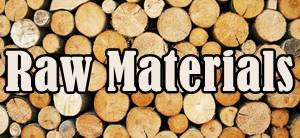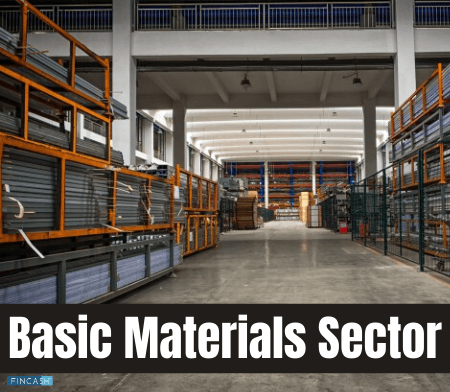
Raw Materials
As per the raw materials meaning, these can be regarded as substances or materials that are utilized in the Manufacturing or primary production of goods. They can be regarded as commodities that are sold or bought on exchange of commodities all around the world.

Traders keep buying and selling raw materials in specific “Factor Market.” This is because raw materials are regarded as Factors of Production –just like Capital and labor.
An Explanation of Raw Materials
Raw materials are utilized in a wide Range of products. They are also capable of taking up various forms. The type of inventory for raw materials that is needed by a company is going to depend on the kind of manufacturing carried out. For production companies, the inventory of these materials is known to require in-depth budgeting along with a specialized framework for account purposes on the balance sheets as well as the Income statement.
Basics of Accounting
Production companies are known to undertake special steps when it comes to Accounting for the inventory of raw materials. It is known to include three unique classifications of the inventory on the respective Balance Sheet in comparison to a single one for the non-manufacturers. The ongoing assets section of the balance sheet for the production companies will include:
- Work-in-process
- Inventory for the raw materials
- Finished goods
All inventory –including the inventory for raw materials, is expected to be valued at the respective comprehensive cost. This implies that the respective value –including preparation, storage, and shipping, are included. The usual journal entries in the given Accrual Accounting process for the starting purchase of the inventory for raw materials is known to include the credit to cash along with a debit for the inventory. The process of debiting the inventory tends to increase the overall current assets. On the other hand, crediting cash is going to reduce the overall cash assets by the respective inventory amount.
When an organization is known to make use of the inventory for raw materials in the manufacturing process, it is transferring the same from the inventory of the raw materials to the inventory of work-in-process. When an organization is going to complete the respective items of the work-in-process stage, it will add the finished goods to the inventory of the finished items –making them available for sale.
Talk to our investment specialist
Direct & Indirect Raw Materials
In some typical cases, raw materials are known to be divided into two distinct categories –direct & indirect. Whether a raw material turns out to be direct or indirect, it is going to influence whether or not the same is reported on the balance sheet. At the same time, it also helps in analyzing how the same gets expensed in the respective income statement.
All efforts have been made to ensure the information provided here is accurate. However, no guarantees are made regarding correctness of data. Please verify with scheme information document before making any investment.





